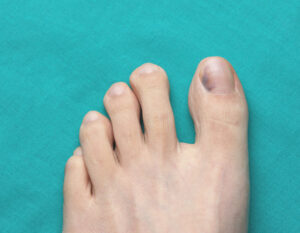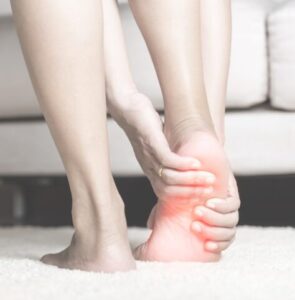Cutaneous Larva Migrans
Hookworm larvae, which typically infest cats, dogs, and other animals, are the source of the parasitic skin ailment known as cutaneous larva migrans. By stepping barefoot on sandy beaches or coming into contact with damp, soft soil that has been tainted with animal feces, humans can then become infected with the larvae. It is also called ‘creeping eruption’ as once infected, the larvae migrate under the skin’s surface and may result in itchy red lines or tracks.
By coming into contact with polluted soil, humans become affected in endemic tropical as well as subtropical regions. Since humans are incidental hosts, the hookworm larva only enters the upper dermis after tunneling through the intact skin.
What causes cutaneous larva migrans?
Many types of hookworm can lead to cutaneous larva migrans. Some common causes are:
- Ancylostoma braziliense: hookworm of wild and domestic dogs and cats found in central and southern US, Central and South America, and also the Caribbean
- Uncinaria stenocephala: dog hookworm found in Europe
- Ancylostoma caninum: dog hookworm found in Australia
- Bunostomum phlebotomum: cattle hookworm
Who is at risk of cutaneous larva migrans?
People of all ages, sex and race can be affected by cutaneous larva migrans if they have been exposed to hookworm larvae. Moreover, geographical regions that are tropical or subtropical are where it is most frequently found. Also, those whose jobs or hobbies that expose them to warm, damp, sandy soil are among the groups at danger. These may include:
- Barefoot beachcombers and sunbathers
- Carpenters
- Children in sandpits
- Electricians
- Farmers
- Plumbers
- Gardeners
- Hunters
- Pest exterminators.
The feet, spaces in between the toes, hands, knees, as well as buttocks are the areas most frequently affected by cutaneous larva migrans. Also, cutaneous larva migrans is self-limiting. Humans are an accidental and ‘dead-end’ host hence, the hookworm larvae eventually die. Depending on the type of larvae involved, the disease’s natural duration then varies greatly. Lesions often disappear without medical intervention in 4 to 8 weeks. However, treatment is available to shorten the course of the disease.
Are you suffering from this condition? At The Chelsea Clinic, we can help. One of our podiatrist can assist and then recommend what treatments are best to get you back on track. Podiatrist South Kensington
Schedule an appointment here or you may call us at +44 (0) 207 101 4000.
We hope you have a feetastic day!
-The Chelsea Clinic and Team




